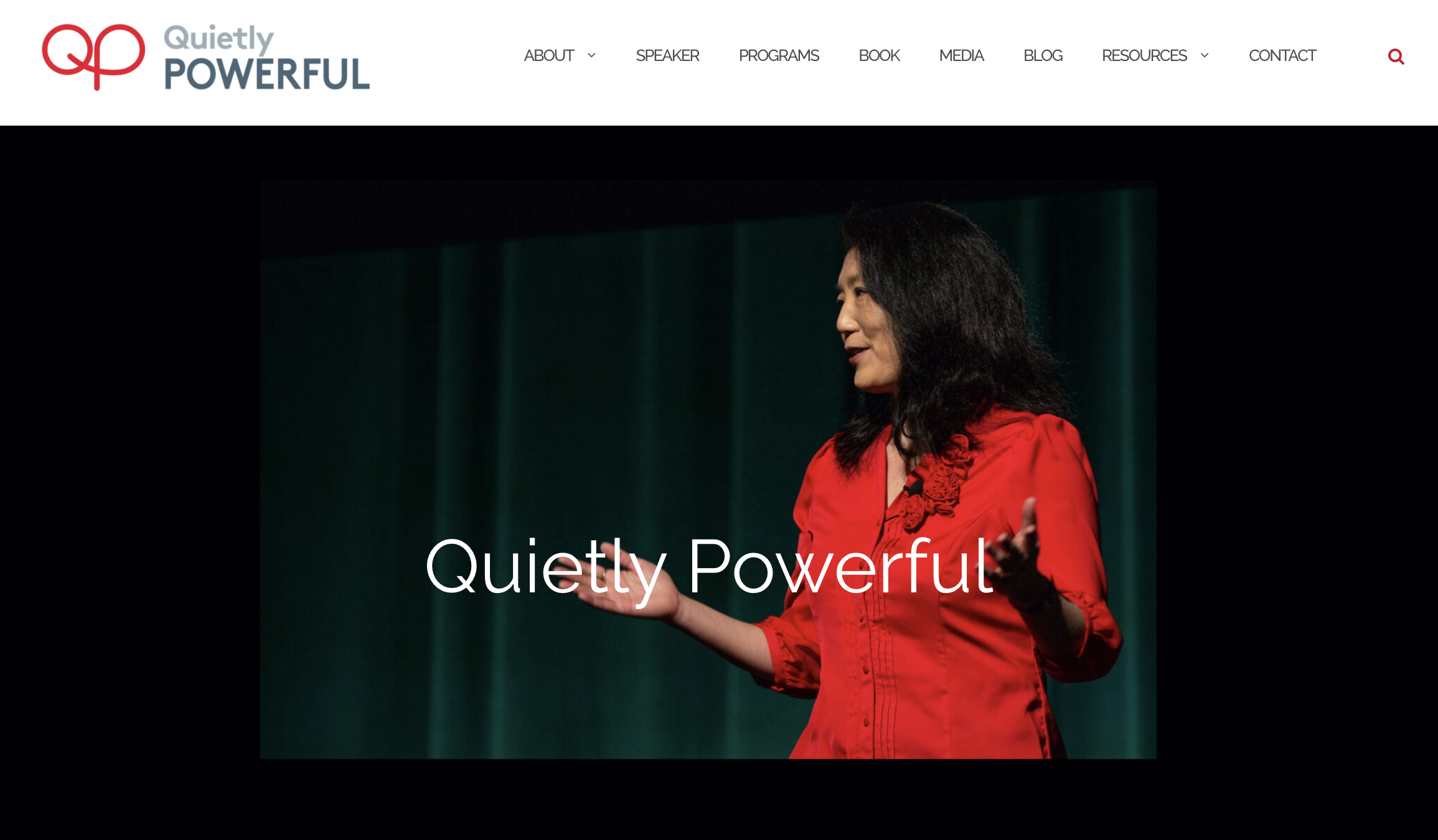My Blog
What do you do when people don’t want to talk about the elephant?
- Details
- Posted: 30 May 2016
We talk about “the elephant in the room” when there’s an issue that can’t be spoken about, even if everyone knows it’s there. It can be very destructive and stressful as people affected by the issue cannot address it and people around them can feel the tension. As a minimum, it is distracting. At its worst, it can tear teams and organisations apart or have unethical actions and decisions go unquestioned.
Sometimes people who have something to do with the elephant aren’t even aware. For example, people complain about a leader’s behaviours and their impact but the leader is unaware because no one has ever addressed it directly with them.
Some will try to ignore it – “we’ll just get on with what we can” – others will diminish its significance – “it’s not a big deal.” Many will avoid confronting the issue as it’s a CLM (career limiting move).
As a leader, do you know if people are telling you what they need to be telling you? As an individual, how much do you hold back from naming elephants?
Seth Godin would say “The problem you can't talk about... is now two problems.” First problem is the problem that can’t be spoken about (content), the second is the fact that you are not talking about it (process). Considering the costs of the inability to raise and talk about these elephants, addressing the process (how difficult issues get raised and discussed) is just as important as addressing the elephants.
One option, especially if the norm is not to raise issues, is to seek third party support. For example, I work with leadership teams with 'undiscussible' issues from time to time and tackle the process first then the content.
- Check the leader’s (or those with greater power and rank – see Power Blindness and Power dynamics beyond hierarchy and positional power) preparedness to discuss the ‘undiscussibles’. Help them to see the cost of not addressing it. [process]
- Support those who see the elephant (especially those with less power and rank) to raise the issue in a way that is more likely to be heard. [process]
- Highlight to the group that there's discomfort in raising the issue and the cost (see The business cost of disregarding the minority). [process]
- Discuss how the issue should be discussed so they can be discussed. [process]
- Support people to speak up and to listen. [process and content]
While it can seem scary going into it, most of the time, there is relief and greater understanding in the group after the discussion.
Another option is to build the organisational and leadership muscle to have these conversations without support.
Adam Grant in Originals refers to a fund manager, Bridgewater Associates, where the CEO, Ray Dalio, who places the highest priority on independent thinking and speaking up. People get praised for speaking up and disagreeing, where in most organisations they would be considered CLMs, for example, a direct criticism of the CEO. This is an extraordinary example of a transparent and confident CEO who is willing to be publicly criticised. The result is a transparent, open culture where original thinking and challenge is the norm. Bridgewater is consistently praised for their innovative investment strategies. In organisations like this, issues get tackled before they grow into elephants.
If the Bridgewater example is 10 out of 10, what would you rate your organisation’s and leaders’ capacity to address elephants or potential elephants?
What is it costing the organisation by carrying the elephants?
Relevant articles:
Unlocking business advantage from diversity and inclusion – the missing ingredients


